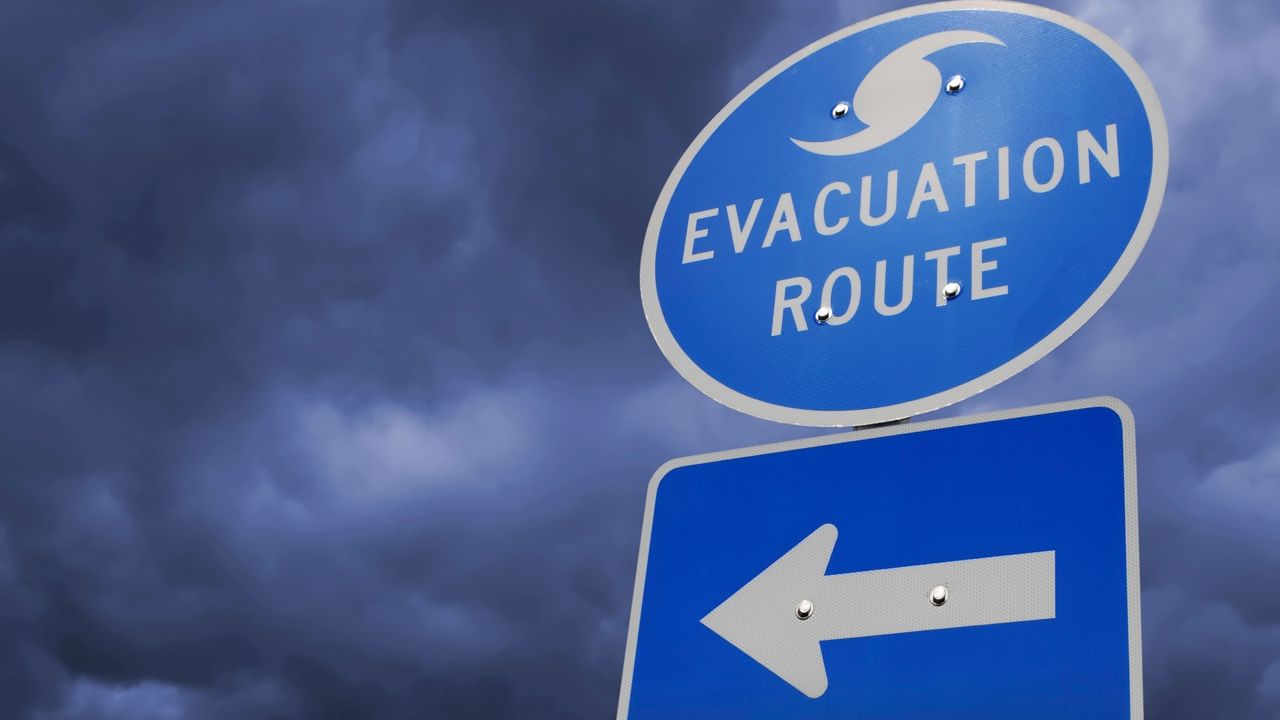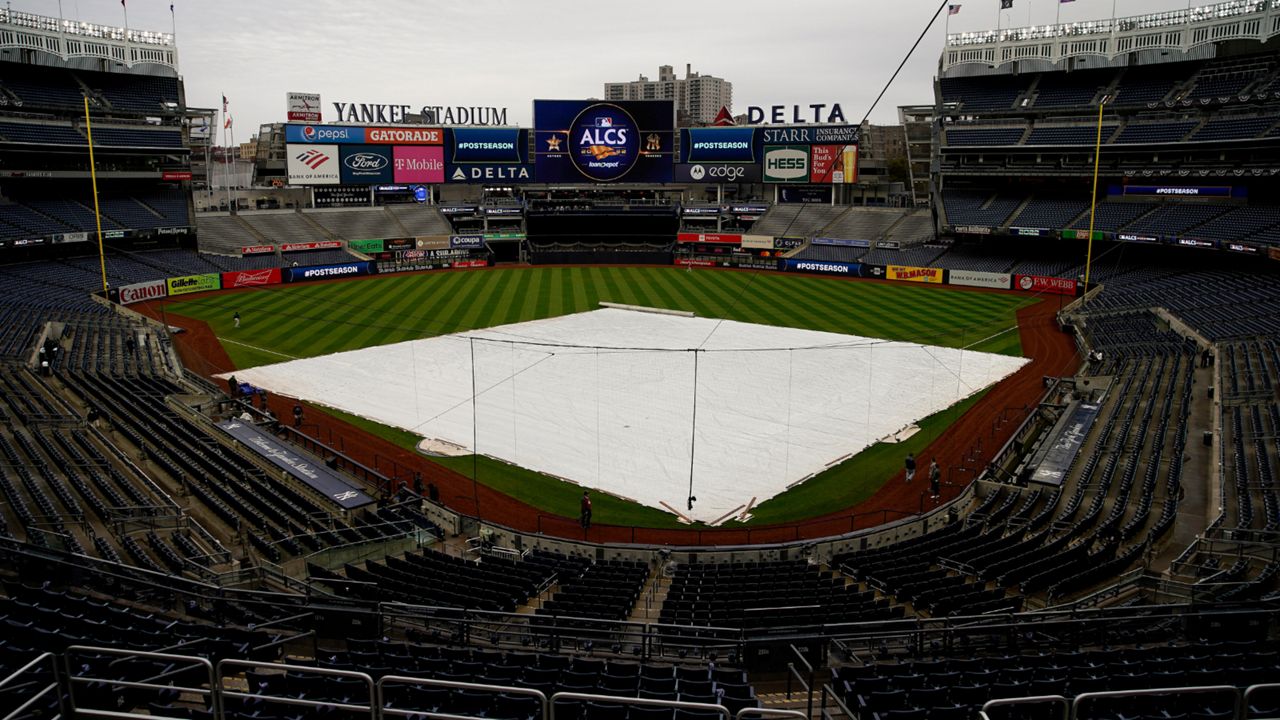It’s two words that you never want to hear if you’re in the path of a hurricane: rapid intensification.
The National Hurricane Center (NHC) defines rapid intensification as, “an increase in the maximum sustained winds of a tropical cyclone of at least 30 knots (35 mph) in a 24-hour period.”
While intensity forecasting for tropical cyclones is notoriously difficult, there are ingredients meteorologists look for as harbingers of intensification.
Like all tropical cyclones, warm sea-surface temperatures are needed to maintain and grow these storms. For rapid intensification to occur, even warmer waters are required. This is generally believed to be at least 86 degrees Fahrenheit.
Low wind shear (that's the change in wind with height) is needed. Wind shear can blow thunderstorms away from the center of a storm, inhibiting any intensification.
Also, upper-level high pressure above the cyclone can help induce rapid intensification. The high can help push air out and away from the center of a storm, lowering its central air pressure.
If all the necessary ingredients are in place, rapid intensification can occur.
Many of the more well-known tropical cyclones went through rapid intensification at least once in their life. A study in 2016 found that 79 percent of all major hurricanes undergo rapid intensification at some point in their lifespan.
Sometimes this can be well predicted in advance. More often though, Mother Nature likes to surprise us.
Spectrum News chief meteorologist Mike Clay put it this way, “Rapid intensification is not handled well by the computer models but they are getting better as a great deal of research has been done on this in recent years.”
The warm waters of the Gulf are often especially ripe for this degree of strengthening to take place.
A prime example of this was in 2004 when Hurricane Charley entered the Gulf waters after crossing over Cuba. In just 18 hours, the storm went from a Category 2 with 105 mph winds, to a potent Cat 4 with winds of 145 mph.
This was not good news for the west coast of Florida. On top of a major hurricane bearing down, Clay notes that, “Storms that are quickly getting stronger at landfall tend to do more wind damage.”
A similar occurrence took place in 2005 when Katrina passed over the Florida peninsula and emerged in the Gulf of Mexico. Katrina went on to intensify from a 70 mph tropical storm to a 115 mph major hurricane in just 24 hours.
Strengthening continued and Katrina became a Category 5 hurricane less than two days after becoming a tropical storm.
While tropical cyclone forecasting remains a challenge, having a plan already in place with a well-stocked hurricane kit is the best defense when it comes to Mother Nature.








